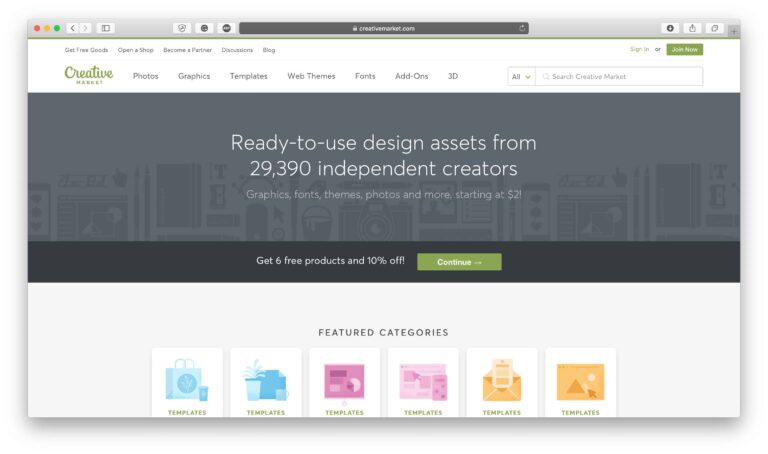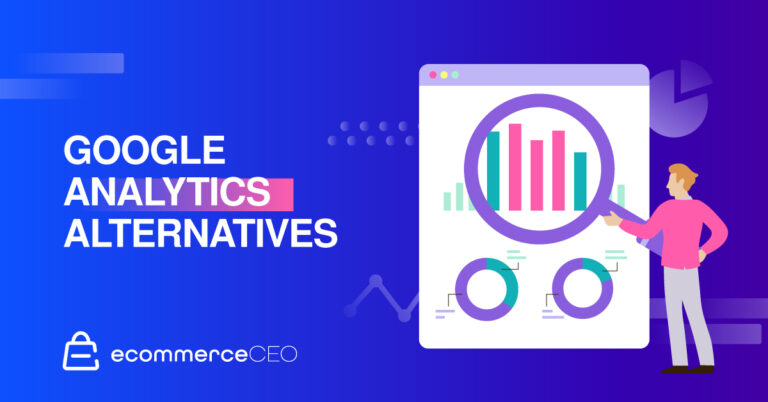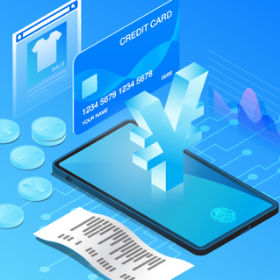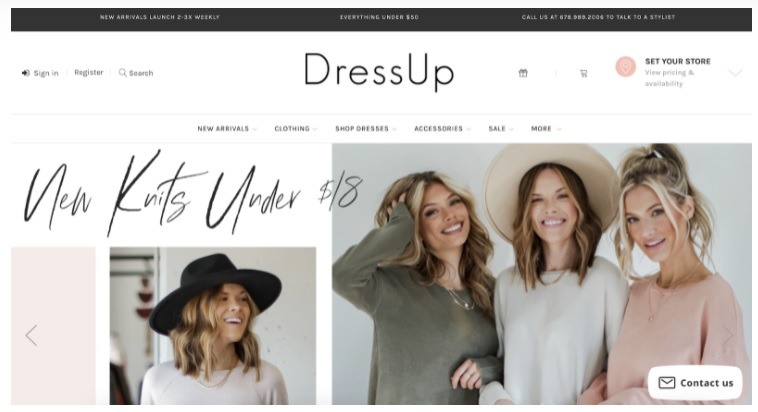
- Posted on
- • February 6, 2019
- Advanced Ecommerce
- Marketing Tips

The psychology behind customer experience has been the subject of countless books, blogs, and business school courses. And for good reason—it’s a fascinating field of study with plenty of impactful real-world applications. The use of certain psychological triggers has been shown to help retailers attract more shoppers, sell more, and create loyal customers. That’s why we’ve compiled a few actionable eCommerce consumer psychology tips you can use to create a better customer experience. They are:
1. Offer Subscriptions
2. Remove Potential Distractions
3. Deliver Instant Gratification
4. Bridge the Online and Offline Experience
5. Get People Talking
Offer Subscriptions
The explosive popularity of the subscription model can be at least partially attributed to its appeal to some universal human desires. A subscription is convenient to set up, exciting to receive, and often offers access to exclusive and curated goods. Providing subscription and automatic reordering options can be a great way to create a steady stream of recurring revenue and cultivate customer loyalty.
Remove Potential Distractions
Humans can be distractible creatures. Clicking around stores, exploring different items, and shopping in multiple tabs at once is typical eCommerce consumer behavior. This can be fine for casual browsing purposes, when you want shoppers to click around and explore your store. When it comes to the checkout process, however, customer attention is precious and needs to be handled with care. Any distraction at this point only increases the risk of cart abandonment.
To get rid of checkout distractions and reduce cart abandonment rates, you can:
● Create a minimalist checkout experience. Removing unnecessary information, elements, and opportunities for shoppers to click away can help keep them focused on completing their purchase.
● Provide checkout guidance. Keep shoppers on track by guiding them through the checkout process and making it obvious where they need to go. This can be accomplished with cart notifications, tutorial animations, and even exit intent pop-ups.
● Identify and address friction points. Take a look at where your shoppers are leaving. Is it when they need to enter payment information? Consider adding smart payment buttons for a faster, easier purchase experience. Are shoppers leaving when they see shipping costs? You might need to look into offering more shipping options to stay competitive.
Deliver Instant Gratification
The desire for instant gratification is a powerful human drive that retailers often use marketing psychology to trigger. Fulfilling this desire, however, can be difficult for online sellers. One significant advantage that brick-and-mortar shops still have over eCommerce stores is their ability to immediately deliver on their end of a customer transaction. This makes eCommerce less appealing to customers who are unwilling to delay gratification and wait for a shipment to arrive.
Consider rewarding those who choose to order from you with instant gratification in the form of order updates. Create excitement with an order processing email and keep the momentum going with shipping updates that contain discount codes for future purchases. While you might not be able to physically deliver their order the moment they complete their purchase, you can help them enjoy the wait.
Bridge the Offline and Online Customer Experience
Instant gratification aside, there are plenty of other reasons why customers may choose to make a purchase at a brick-and-mortar store over an online one. Perhaps they’re short on time, prefer to see products first-hand, or don’t trust online sellers to meet their quality standards.
Merchants with physical locations can offer customers the ability to purchase products online for pickup in a nearby store. Shoppers who prefer to take their time examining a product and reading up on it can benefit from reviews, digital showrooms, product visualizers, and samples. By connecting and replicating the offline experience, online sellers can address customer reservations and potentially reach new audiences.
Get People Talking
When someone is unsure how to behave in a situation, they will usually begin to imitate the behavior of others. This psychological phenomenon, known as “social proof”, is a great reason to get your loyal customers talking about your brand. A whopping 70% of consumers say they trust online reviews, so displaying customer testimonials and success stories on your site can help persuade uncertain shoppers to follow in their footsteps.
Learn how to dominate post-apocalyptic retail. Check out our guide for independent retailers, The Resilient Retailer’s Survival Guide.






